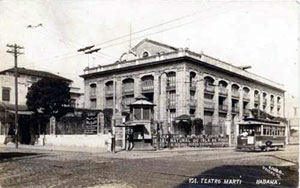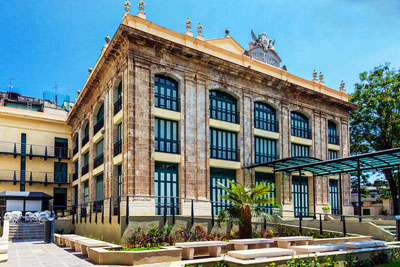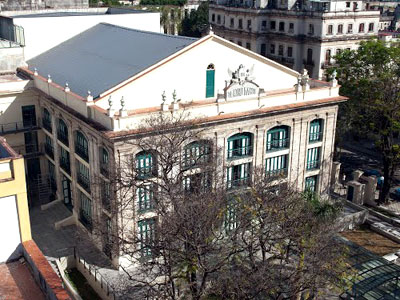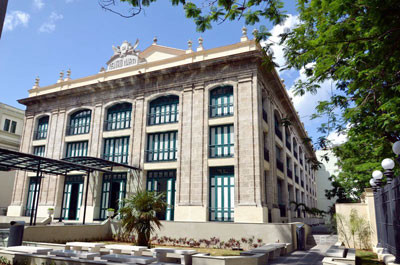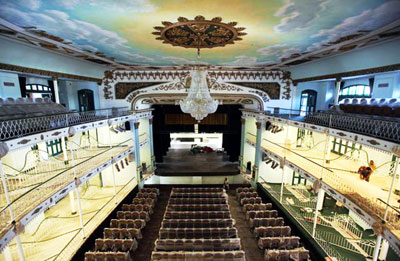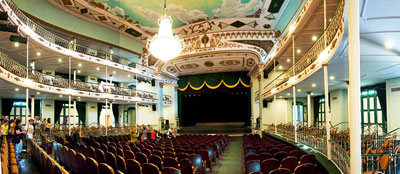The Martí Theater
The Martí Theater was initially inaugurated with the name of its own owner, Ricardo Irijoa e Illa, in the year 1884. Only after it was renamed in honor to the national hero José Martí. Such theater was declared as a Humanity Heritage by the Unesco in 1982 and it constitutes one of the jewels of the Cuban architecture.
With a marked neoclassical style and its excellent ventilation and acoustic, the place was nicknamed "The Coliseum of the Hundred Doors", by the Cuban poet José Fornaris.
The Martí Theater is located in Old Havana, in the corner between Dragones and Zulueta streets and it has a capacity of 2500 people. It was the first theater in Cuba to offer the cinema service in the year 1897. Furthermore, the theater is strictly involved with cultural and political life in Cuba, in fact, inside its fences took place the Constituent Asembly which, during four months, wrote down the first Constitution of the Republic of Cuba (1901).
Nevertheless, the theater deteriored little by little with the time until, at the end of the 1970 decade, the institution was no longer able to provide its services. The Office of the Historian of the City decided to restore it, by making a capital repair where, under the respect of the original architecture, they have employed innovative techniques of construction.
The restoration process renewed the mezzanine and the stairs, also implementing high comfort toilets, it enlarged the dressing rooms, the cafeteria and the external areas, without counting the overall air conditioning of the installation. The new Martí also features an automated scene setting (lights, theater elevators and curtains).
After 40 years of inactivity, the Martí Theater opened back its doors in February 24, 2014. Since then, it received events of international fame, such as the second Meeting of Young Pianists, with first level performers, from Cuba, Belarus, China, Russia and the United States.
Elegant and simple, the Martí Theater is today one of the most important cultural places in the Cuban capital city. It's an historical site where the biggest artists of Cuba have performed, with an history of more than 100 years. It is a very emblematic and suggestive place, which constitutes a must see for everyone visiting Havana.







